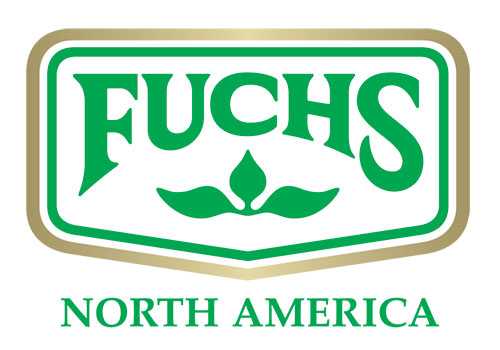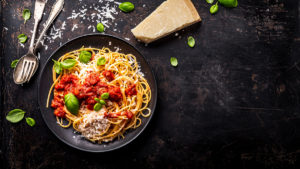Over the past year, inflation has made headlines with prices for everyday products skyrocketing, leaving consumers in a bind as they must now make even more careful decisions when it comes to their spending habits. Increased inflation continues to affect every aspect of consumer behavior. Beyond leisure activities and clothing feeling the cuts in consumer spending, any non-essential purchases will continue to decline as individuals seek more value from their essentials. How is this influencing the food and beverage space? Keep reading for our takes on what to expect in the New Year as consumers tighten up their budgets.
Cost of Living
One major factor that is affecting consumer spending habits is the dramatic rise in the cost of living. There are a combination of factors that are currently working against consumer purchasing power. Individuals must contend with inflation reaching a high we have not seen in decades, continued bumps in the supply chain paired with high consumer demand, and increased costs of goods and services. Cost of living is an important factor to consider when brands look at the habits of their consumers.
During times such as these, consumers will first cut out frivolous or unnecessary purchases whether that be extra clothing or perhaps dessert items at the grocery store. Eating at restaurants, for example, is typically more expensive than cooking at home. Just as consumers were able to get back out there and enjoy foodservice in the post-pandemic world, inflation is driving them back to their kitchens. They’ll still value excitement and exploration through foods and beverages, but made at home and using budget-friendly ingredients. Offering products that allow consumers to have unique food experiences at home, but on a budget is one way to grab their attention in an already competitive market.
Key Consumer Insights
Unsurprisingly, consumers who are within lower income brackets are less optimistic about their financial futures due to feeling the repercussions of rising inflation. Looking at Mintel’s measures of financial wellbeing and confidence, there has been a continued downward trend. Inflation is causing almost half of consumers to feel poorer in recent months versus the start of the year. Despite these struggles, consumers across income brackets can agree that most people are still capable of making ends meet and anticipate that they will continue to do so. These are important insights as it can help brands recognize the priorities of their consumers and where they should or perhaps shouldn’t invest their money.
Less disposable income means that consumers will be focused on making sure their basic needs are being met first. Innovation could, therefore, be directed towards staple products and familiar favorites that consumers will gravitate toward during these difficult times.
Future of Financial Situations
Looking to the future almost half of consumers are optimistic for their financial well-being and that within the next twelve months their situation will change for the better. Though consumers and brands alike will continue to battle this decades high inflation, change may be on the horizon sooner rather than later. When finances do improve, consumers will be ready to splurge on food and beverage products again, as well as foodservice, so there is no time like to present to get ahead on innovation to be ready to meet their demands in what might be the not-so-distant future.
Hungry for more? Subscribe to our e-newsletter to get our insights in your inbox!





 For more information about Fuchs North America's products and programs that support food manufacturers in their product development needs, please
For more information about Fuchs North America's products and programs that support food manufacturers in their product development needs, please